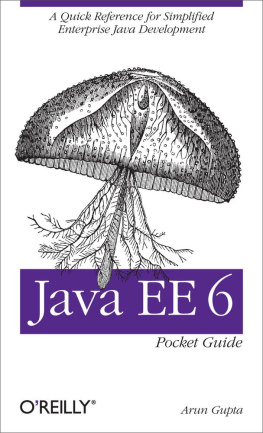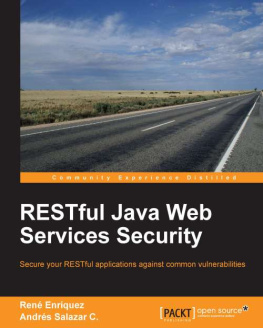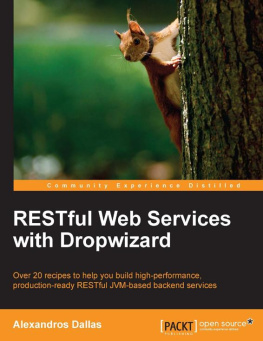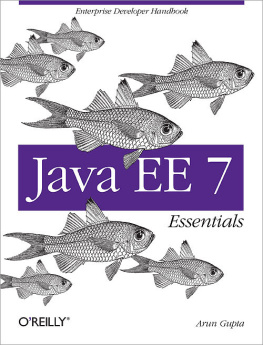Authors Note
The bulk of my career has been spent working with and implementing distributed middleware. In the mid-90s I worked for the parent company of Open Environment Corporation, working on DCE tools. Later on, I worked for Iona, developing their next-generation CORBA ORB. Currently, I work for the JBoss division of Red Hat, which is entrenched in Java middleware, specifically Java EE. So, you could say that I have a pretty rich perspective when it comes to middleware.
I must tell you that I was originally very skeptical of REST as a way of writing SOA applications. It seemed way too simple and shortsighted, so I sort of blew it off for a while. One day though, back in mid-2007, I ran into my old Iona boss and mentor Steve Vinoski while grabbing a sandwich at DAngelo in Westford, MA near Red Hats offices. We ended up sitting down, having lunch, and talking for hours. The first shocker for me was that Steve had left Iona to go work for a start-up. The second was when he said, Bill, Ive abandoned CORBA and WS-* for REST. For those of you who dont know Steve, he contributed heavily to the CORBA specification, wrote a book on the subject (which is basically the CORBA bible), and is a giant in the distributed computing field, writing regularly for C++ Report and IEEE. How could the guy I looked up to and was responsible for my foundation in distributed computing abandon CORBA, WS-*, and the distributed framework landscape he was instrumental in creating? I felt a little betrayed and very unnerved (OK, maybe Im exaggerating a little ).
We ended up arguing for a few hours on which was better, WS-*/CORBA or REST. This conversation spilled into many other lengthy email messages, with me trying to promote WS-* and him defending REST. The funniest thing to me was that as I researched REST more and more I found that my arguments with Steve were just another endless replay of debates that had been raging across the blogosphere for years. They are still raging to this day.
Anyway, it took months for me to change my mind and embrace REST. You would figure that my distributed computing background was an asset, but it was not. DCE, CORBA, WS-*, and Java EE were all baggage. All were an invisible barrier for me to accept REST as a viable (and better) alternative for writing SOA applications. I think thats what I liked most about REST. It required me to rethink and reformulate the foundation of my distributed computing knowledge. Hopefully your journey isnt as difficult as mine and you will be a little less stubborn and more open-minded than I was.
Who Should Read This Book
This book teaches you how to design and develop distributed web services in Java using RESTful architectural principles on top of the HTTP protocol. It is mostly a comprehensive reference guide on the JAX-RS specification, which is a JCP standardized annotation framework for writing RESTful web services in Java.
While this book does go into many of the fundamentals of REST, it does not cover them all and focuses more on implementation rather than theory. You can satisfy your craving for more RESTful theory be obtaining RESTful Web Services by Leonard Richardson and Sam Ruby (OReilly). If you are familiar writing Java EE applications, you will be very comfortable reading this book. If you are not, you will be at a disadvantage, but some experience with web application development, HTTP, and XML is a huge plus. Before reading this book, you should also be fairly fluent in the Java language and specifically know how to use and apply Java annotations. If you are unfamiliar with the Java language, I recommend






![Mario-Leander Reimer [Mario-Leander Reimer] - Building RESTful Web Services with Java EE 8](/uploads/posts/book/119360/thumbs/mario-leander-reimer-mario-leander-reimer.jpg)




